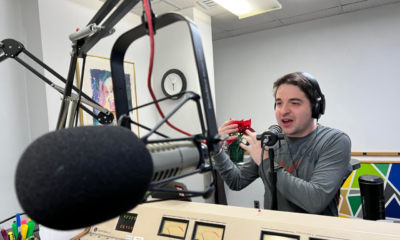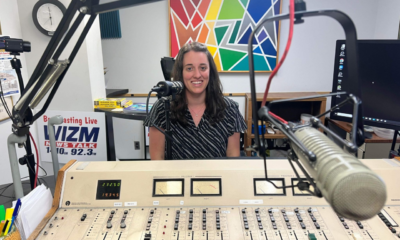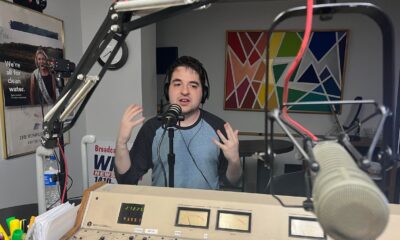Agriculture
Making sure what you see is what you get, Where Food Comes From verifies food label claims
In a world of increasing food options and labels for consumers to choose from, a third-party verification company works to verify the product beneath the claim.
Where Food Comes From, Inc. is a company that visits farms and ranches to look firsthand at plants, animals, and records to certify statements producers want to make about food. Staff members work with programs such as Verified Grass-Fed, Non-GMO Project Verified, National Organic Program, Source Verification, and more. The company has been in the field for nearly 25 years.
“We really focus on the on-farm verification of practices, boots on the ground on the farms that are producing the food we eat,” Lora Wright, sustainable animal proteins director at Where Food Comes From said. “It’s really about hearing what consumers and the end-users are wanting.”
It is a two-fold approach. Wright noted consumers are not as familiar with day-to-day practices on the farm and how food is produced, so they have questions. Additionally, the verification can provide a platform from which producers can share their stories and what they do throughout the supply chain.
Doug Stanton, vice president of sales and business development, said the big push for third-party verification started in 2004 when the United States was trying to regain access to the Japanese market after BSE, commonly known as Mad Cow Disease, was found in 2003.
“We lost that market access, and the only way to get back into it was third-party verification through the USDA,” he said. “The agreement with the Japanese Government was called the Japanese Export Verification Program.”
At that time, the company was known as IMI global. It was not until nearly eight years ago that the business expanded its verification services and took on the name Where Food Comes From.
One of the newest programs developed is CARE. It is described as a variety of sustainability standards that certify participating farmers and ranchers are implementing best practices in animal husbandry, environmental stewardship, and productive engagement with local communities.
“It really covers what consumers are asking about in the areas of sustainability and making sure the animals, the workers on the farm, as well as the land and water resources are cared for throughout that production,” Wright said. “We really are a partner in helping them close any gaps that they might have and go through that verification process.”
Since CARE’s launch in January 2019, it has been incorporated in more than 300 beef herds across 25 states. The program also works with dairy, poultry, and pork producers.
“On our CARES logo, it is a heart,” Stanton said. “We feel it portrays beef or pork or poultry raised from the heart. Maybe that symbolism in the product will get that awareness to the consumer to see the compassion, the driving force, behind how those animals were raised.”
In an effort to increase transparency, there are also Story Bit videos that can share information and standards featuring farmers and producers. Additionally, every Where Food Comes From labeled product carries a unique QR code that can be scanned and read by any smartphone to give consumers immediate information.
“We’re going to continue as a company to evolve to what the consumer feels is important in the product and work with our customers for third-party verification of those standards they are looking at,” Stanton said. “It is not going to be static. The consumer demands are changing, and we want to accommodate that.”







